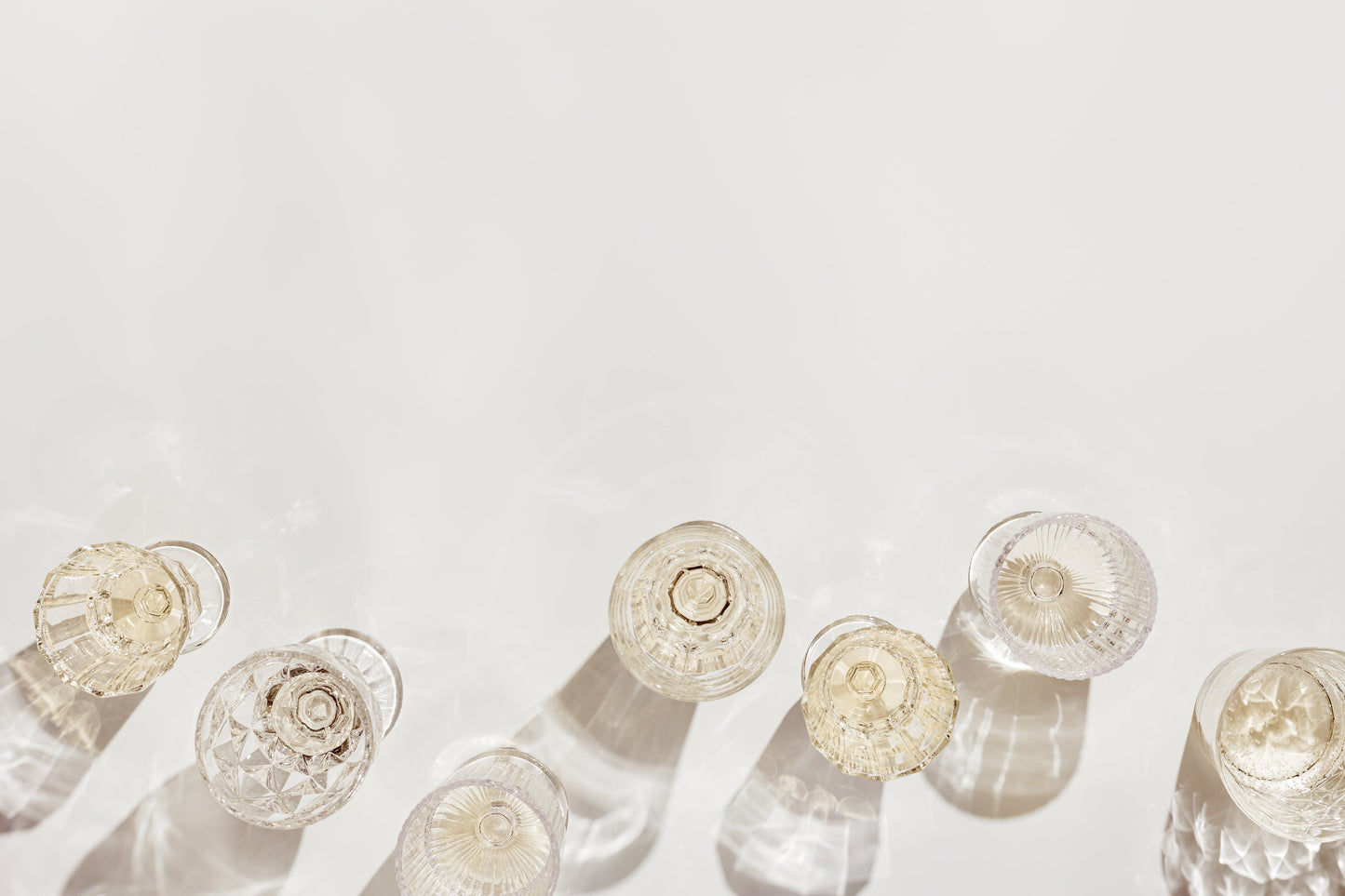ABC. Just to clarify - we’re not going to reteach you the alphabet. But what we are going to do is attempt to unpick a topic that is at once deeply ingrained in our wine drinking culture and yet, at the same time, appears totally misunderstood. Perhaps the best place for us to start is at the beginning; what is Chardonnay? This myth-like creature is a white grape that hails from Burgundy. It is medium-bodied, has good acidity and despite what the haters may want to argue, is really quite neutral in flavour. It doesn’t sing and pop with aromatic opinions like the grassy Sauvignon Blanc or the lychee-scented Gewurztraminer. It is also a chameleon. The Chardonnay of Chablis is all mineral-verve and limey freshness, in comparison to its Napa counterpart that often dances with oak and hints at tropical fruit and all-American excess. You’d be forgiven for never realising that there was any common ground between these two wines, let alone being born of the same grape.
It must be devastating to the ABC-warriors to have seen how ubiquitous and successful the cultivation of Chardonnay has become across the four corners of the world. Indeed, the meteoric rise of Burgundy over the last decade has seen the Chardonnays of Meursault, Puligny and Chassagne reach heights and fandom never seen before for white wines. These wines are celebrated for their intense concentration, flavours of brown butter, toasted nuts and taught stoney nerve. These wines are cajoled and created by their famed domaines. Chardonnay is both an excellent vehicle to express its terroir, as well as the perfect grape to express the thoughts and passions of their winemaker through winemaking and ageing. There are so many choices that the winemaker can make - which plot and on what aspect should they plant, at what ripeness to pick, whether to ferment in steel, glass, clay, concrete or barrel, for how long and in what vessel they should age their wine (the list goes on) - that no two Chardonnays will taste the same.
Understanding what version of Chardonnay you’re going to find on the inside of your bottle can be a minefield but there are some clues that can help you navigate towards your preferred style. Typically, your Bourgogne Blancs and (Petit) Chablis will err on the side of less-to-no oak, and offer up a vibrantly lean glass of wine. If you’re into this more restrained style of Chardonnay, all sommeliers will encourage you to try the fashionable, salty wines of the Jura Mountains in eastern France. As we creep into the land of Premier Cru and Grand Cru Burgundy, you can almost guarantee that you’ll begin to see some use of oak. Now it may be just a touch of oak that is used to offer more of a textural nuance with none of those hallmark oaky flavours. Meanwhile, others will really lean into the use of barrels and their wines will really take on those aromas such as vanilla, nutmeg and cinnamon.
As we are beginning to unearth the story of Chardonnay is far from a simple one, and we haven’t even left France yet. This grape is grown all over - from the peaks of Alto Alige, to the rolling hills of Hungary and the snow capped terraces of Patagonia. Probably the most contentious of the Chardonnay styles, and the one that was perhaps behind the coining of ABC, is its New World iteration. Now, the New World covers a lot of space - the Americas, Australia, New Zealand, and more. These areas are typically hot and dry which results in grapes packed with ripe flavour and lots of sugar, aka alcohol). In the cellar, they are frequently treated to plenty of new oak barrels which adds even more power and flavour to what is already a jam-packed wine. It is this style that sends shivers down the spines of many who remember the Cali oak bombs that flooded the market in the 80s. Meanwhile, there are many amongst us who simply start to salivate at the thought of a big oaky Chardonnay being dug out of the cellar.
Needless to say, there is a Chardonnay for everyone and the concept of ABC needs to be banished to the uneducated corners of the world. Chardonnay is too diverse. It is a shape-shifter that can’t be boxed in, let alone to have its every form and expression summed up by a simple acronym.



